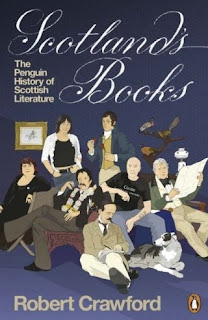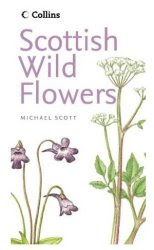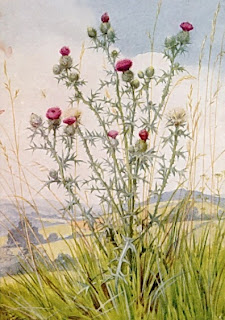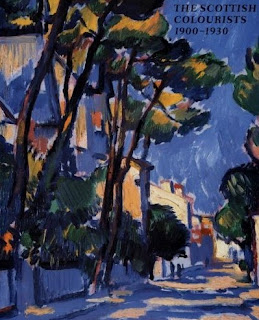Hello Sandy,
I’m writing to you from the BBC's cult entertainment quiz show Eggheads, which is returning for its 8th series. I wondered if you may be able to help us in anyway. We're searching for teams of 6 with great personality to take part in the brand new series with the chance of winning a big cash prize, to take on our resident Eggheads.
We would be very grateful if you could relay our details to your staff, family or friends who you think may be interested in applying. We will be holding auditions in Edinburgh on Tues 4th September.
I look forward to hearing from you!
Kind regards, Laura x
12 Yard Productions and the BBC are pleased to announce that the hit quiz show Eggheads’ is back for an 8th Series! We’re returning with 80 shows so we’re looking for 80 fantastic new teams to challenge our resident quiz show Goliaths! What’s it all about? Eggheads is hosted by Dermot Murnaghan, BBC Newsreader and regular Breakfast presenter, and everyday, a new team of challengers take on our intellectual goliaths, The Eggheads.
Who are the Eggheads?
The ‘Eggheads’ are 5 of TV’s greatest Quiz Show Champions ever.
Judith Keppel: Who was the 1st person to win a million pounds on Who Wants To Be A Millionaire. Kevin Ashman: Who is currently the World Quiz Champion. He also has the highest ever score on Mastermind with no passes. C.J De Mooi: Has been a winner on the Weakest Link and Beat the Nation. Daphne Fowler: Is one of the few women to win the Brain of Britain title and she’s won the Grand Final of 15 to 1, twice! Chris Hughes: Is the reigning Brain of Britain AND International Mastermind Champion.
How does it work?
In every show there are 4 individual question rounds, in which a player is asked up to 3 multiple choice questions each on subjects such as Sport, Entertainment, Food and Drink, Arts and Books, Politics, History, Geography and Science.
The winner of each round secures themselves as an extra brain to play for their team in the final General Knowledge Round! The more category rounds a team wins the more players to confer with in the final round.
In each show there’s a minimum of ONE THOUSAND pounds up for grabs but if the Eggheads win then this money rolls over to the next show!
Who can apply as a team?
We are looking for fun and enthusiastic teams of 6 that would like to give it a go.
Anyone and everyone can apply for the show. You don’t even need to be an existing quiz team, why not create a team of friends, family or workmates? The only rule is that you know one another.
Who’s taken part in the past?
We’ve had a complete array of teams on previous series including;
The Everton Ladies Football Team.
Jade Goody and her Salon girls.
The London Community Gospel.
A team of Brothers and their Best Men.
Truck Drivers.
Miss Englands.
Ex Housemates, 40 years on.
Family Teams.
Teams of Friends.
Methodist Ministers.
Primary School Teachers.
Prison Wardens.
Radio DJs.
A Team of Psychics.
A Team of Postmen.
The Handlebar Club, Hirsute Appendages with graspable extremities!
Insurance Brokers.
And that’s just to name a few…
How do you apply?
Call Laura on 020 7432 2487
Or E-mail: laura.cowcher@12yard.com
What happens next?
We will be speaking to teams over the next few weeks, and we are already auditioning. Selected teams will be invited to an audition where we will play the game and explain the casting process etc.


























